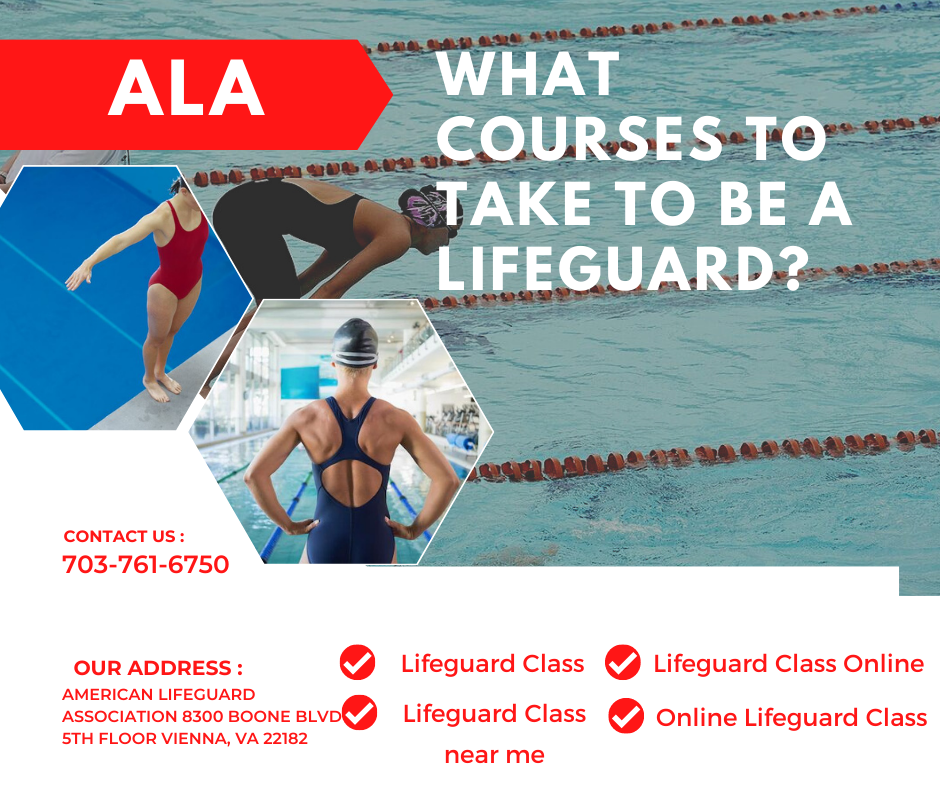It is one of the ‘key tools’ used by one of the best World Series swimmers, the British Jessica Learmonth, in her swimming training: hypoxia exercises, that is, those that are done in apnea, without breathing. But it is not the only one of hers, because all the triathletes turn to her to be better swimmers …
WHAT IS APNEA?
Let’s go to the pure and simple theory. Apnea without air in the lungs facilitates venous return. And with air in them facilitates the ventilation of all the pulmonary alveoli, ventilating those areas that are not normally ventilated. Therefore greater oxygenation occurs. So, right off the bat, it seems that freediving can be a good way to oxygenate the blood and help us recover. Always working it out with someone and treating it with a lot of respect since it involves oxygen deprivation.
HOW TO TRAIN HER
- Freediving series without movement: it makes sense to see some triathletes doing this type of series at the end of their daily training. Try first with 3×20″ recovering 40″ and little by little increase the apnoea time until… find your own record of permanence underwater!!!
- Of course, do this type of training ALWAYS with your coach or at least with someone watching over you. Notifying the lifeguard classes near me may be the best idea. This type of work can be a good way to calm down in a training session and is also a great relaxation technique. To do them well, you have to be calm and trust that being 1’20” is something very affordable and that it can be achieved in a couple of weeks of training.
- Active hypoxic training: swimming every 5 strokes, or doing those very long flips, or not getting overwhelmed in complicated situations in a top start of a triathlon. Or simply around a buoy are objectives that are achieved with this type of training.
- Active panes: diving trying to do 25 meters and up to 50 meters. Breaststroke, or only with butterfly legs, doing speed series of 15-20-25 meters without breathing. And of course, aerobic training breathing every 3 -4-5-6 fathoms. In this way, you will improve your lung capacity. Your ability to control your breathing, your ability to relax and of course your ability to “overcome” complicated situations in open water.
DO NOT FORGET
- Before you dive in, relax. Take a deep breath 2-3 times. Don’t hyperventilate.
- Hold on to the rope, if the apnea is passive. So as not to come to the surface due to the air that is in the lungs.
- If you dive, do it as close to the bottom as possible to eliminate resistance to progress and with smooth movements to spend as little oxygen as possible.
- The desire to leave immediately is the result of your insecurity. The brain does not let us run out of oxygen and warns us long before it runs out. Think that 1’20” is a time that you can reach with few training sessions.
- Do not free dive alone. NOTIFY THE LITTLE LIFEGUARD in the pool if you don’t have a partner by your side.
must Read : Lifeguard course: training, patents and job opportunities



